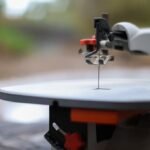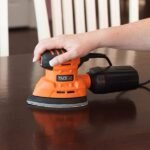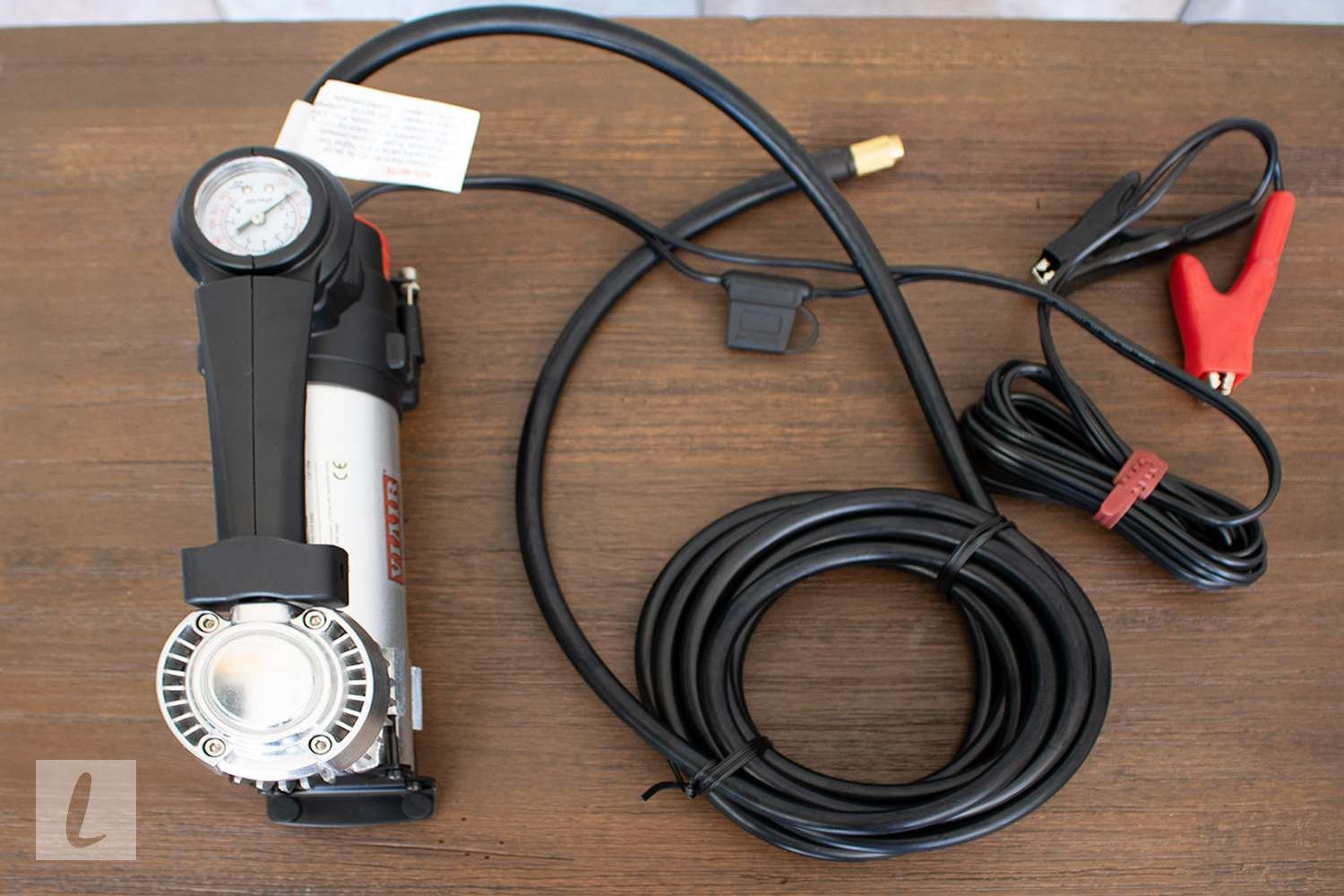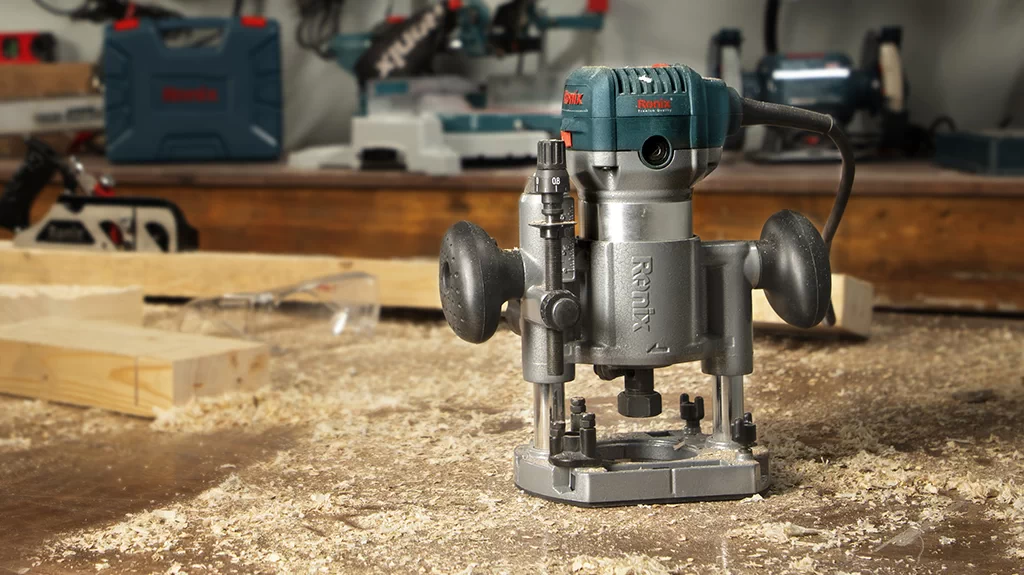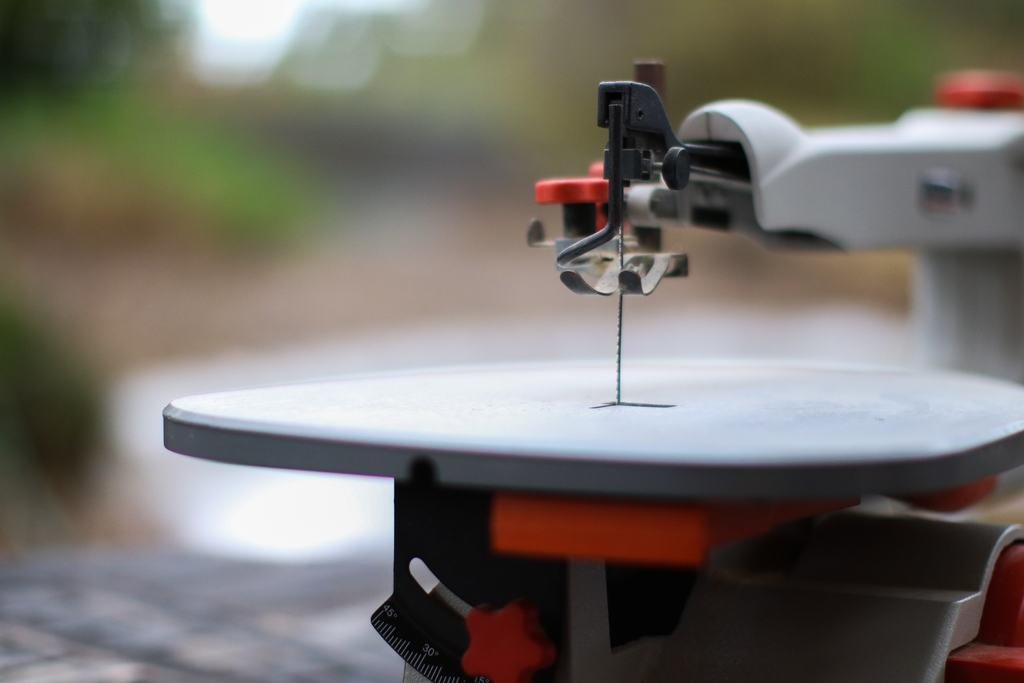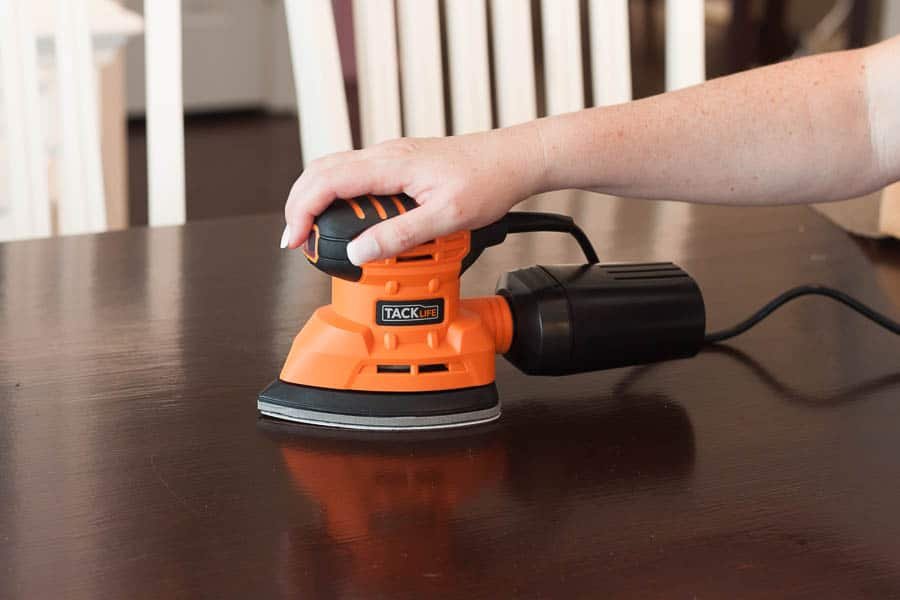In the burgeoning market of off-road accessories, the demand for portable air compressors specifically tailored for Jeep vehicles has surged. This surge is not only a testament to the growing popularity of off-roading as a hobby but also highlights the necessity of having reliable equipment that ensures safety and convenience during such adventurous endeavors. The analysis of industry-specific data reveals a significant uptick in consumer interest, with a marked 12% increase in sales over the past year. This growth trajectory underscores the importance of portable air compressors in the off-road gear lineup, especially for Jeep owners.
Table of Contents
Analysis of Portable Air Compressors for Jeep
The portable air compressor market for Jeep enthusiasts is characterized by a diverse range of products, each tailored to meet specific needs and preferences. From heavy-duty models capable of inflating large tires quickly to more compact designs for occasional use, the options are vast. However, choosing the right air compressor involves balancing factors such as portability, power, durability, and price.
Product Spotlight: Advantages and Disadvantages
Viair 00088 88P Portable Air Compressor
- Advantages: Lightweight, affordable, and capable of inflating up to 33-inch tires. Its direct battery connection ensures efficient power usage.
- Disadvantages: Slower inflation rate compared to more expensive models and limited by the need to run the vehicle during operation.

ARB CKMTA12 ‘Twin Motor’ On-Board Air Compressor
- Advantages: Offers a high-flow capacity suitable for tire inflation and air locker activation. Dual motors provide redundancy, and it’s designed for permanent vehicle mount.
- Disadvantages: High cost and requires a dedicated space for installation.
Smittybilt 2781 Universal Air Compressor
- Advantages: High airflow rate at 5.65 CFM, making it one of the fastest for inflating Jeep tires. It includes an auto-thermal cutoff switch to prevent overheating.
- Disadvantages: Bulkier and heavier, which might challenge portability and storage.
Product Classification and Operational Considerations
Portable air compressors for Jeeps can be broadly classified into three categories based on their intended use and features:
- Compact Portable Compressors: Designed for occasional use, these are lightweight and easy to store, suitable for light-duty tasks.
- High-Flow Portable Compressors: These offer quicker inflation times and are intended for regular off-roaders who need reliable performance.
- On-Board Compressors: Permanently mounted systems that provide continuous air supply, ideal for hardcore off-roading enthusiasts and professional use.
Operational considerations for Jeep owners include assessing the frequency of off-road trips, the typical terrain encountered, and storage capacity in the vehicle. Additionally, compatibility with the vehicle’s power system and ease of setup are crucial factors.
Frequently Asked Questions
Typically, air compressors that can deliver between 30 to 150 PSI are adequate for most off-roading tires.
Yes, many portable air compressors come with attachments for inflating sports equipment, bike tires, and more.
Most portable air compressors for Jeeps are powered directly from the vehicle’s battery through alligator clips or a 12V power outlet.
Summary
The market for portable air compressors for Jeep vehicles is robust and growing, reflecting the broader trend towards off-road recreation. The right air compressor can greatly enhance the off-roading experience, offering both convenience and peace of mind.
When selecting a compressor, it’s important to consider the specific needs of your off-roading activities, balancing factors such as size, power, and price. With the right preparation and equipment, Jeep owners can confidently tackle any terrain.

